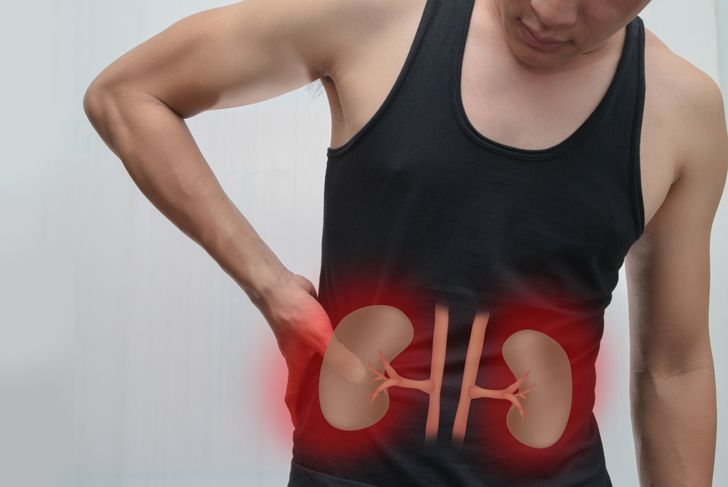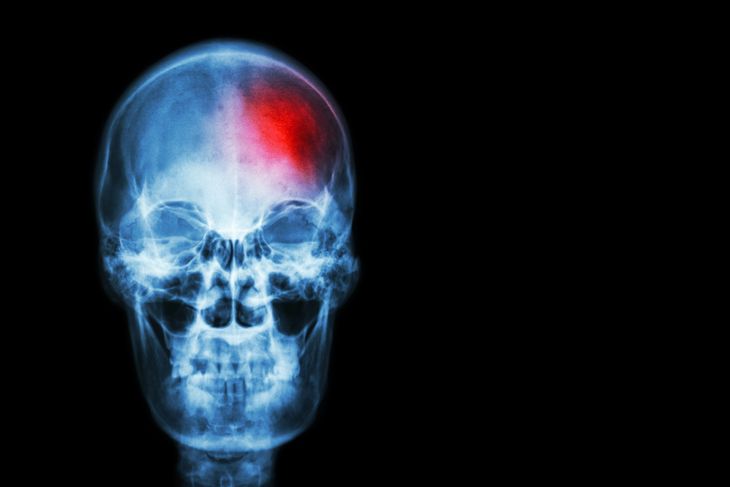Vasculitis is a medical condition in which the blood vessels become inflamed. Vasculitis can occur on its own or along with another disease or condition. The impact may be short-lived or can result in long-term harm to the vasculature if not treated. There are many types of vasculitis, and they vary significantly in symptoms, severity, and duration. Most types of vasculitis are fairly uncommon, and the causes of the condition are not clear. Vasculitis can affect people of both genders and of all ages. Here are 10 common symptoms of vasculitis to help you identify the condition.
Skin Rashes
An assortment of rashes, the most common of which is palpable purpura, or reddish-purple spots, can typically be found on the legs. These spots can typically be felt as raised bumps on the skin, which is why it is termed “palpable.” These sores result from the spillage of blood into the skin through inflamed blood vessels. These rashes have a tendency to clot together in groups while occurring. If you are experiencing unexplained skin rashes on your body, especially on your legs, vasculitis may be the underlying reason.
Nerve Weakness
You may also feel pain from time to time in your legs, arms, and other parts of the body, along with a feeling of numbness. You may even experience asymmetrical weakness, meaning that you feel weaker on one side of the body than the other. Shooting pain along with weakness are among the most common early signs of vasculitis. There have been many instances in which the underlying cause of such weakness cannot be found initially, but further testing later reveals vasculitis to be the reason. Thus, it is best that you see your doctor for a check-up if unexplained weakness persists for more than a day or two.
Fever
You may suffer from fever, fatigue, extreme tiredness, and a general feeling of being unwell as side effects of vasculitis. People often ignore this illness, thinking that the cause of their malaise is a lack of proper rest or poor nutrition. Even doctors often fail to identify vasculitis from the earliest signs of fever. However, as the disease progresses, it becomes clear that it is not just a fever. Other symptoms tend to show up, later on, making it easier for doctors to come to the conclusion that it is, indeed, vasculitis.
Abdominal Pain
In some cases, vasculitis can affect your gastrointestinal tract, leading to ulcers in your mouth or pains in your abdomen. In severe cases, the blood flow to the digestive tract can be slowed or even blocked. This can debilitate the walls of your digestive organs, potentially cracking or bursting them. This type of rupture can lead to significant health issues or death if not identified and treated quickly. In addition to abdominal pain, perforation of the intestines and bloody diarrhea can be symptoms of vasculitis as well.
Joint Pain
Vasculitis can cause inflammation of the small blood vessels in your joints, and this swelling often causes joint pain. This inflammation of the blood vessels can also contribute to arthritis, enhancing the pain even further. Usually, joint pain is not the only symptom; it is often accompanied by other problems, depending on the specific type of vasculitis. Buerger’s disease, Henoch-Schonlein purpura, Polyarteritis nodosa, and Cryoglobulinemia is the types of vasculitis that typically cause joint pain. Joint pain may develop during the early stages of the disease and gradually escalate, or it can appear rapidly in the later stages of the disease.
Nasal Troubles
Granulomatosis with polyangiitis also called Wegener’s granulomatosis, is a type of vasculitis that causes inflammation of the veins in your nose, sinuses, lungs and throat. Symptoms can include sinus infections, nasal blockages, crusting inside the nose, and nosebleeds. Although all of these symptoms can have other root causes, when paired with other vasculitis symptoms, they can be potential signs of this type of vasculitis. If left untreated, severe complications may lead to a change in the overall shape of your nose. Doctors haven’t yet found a cure for this particular type of vasculitis, but medication and other treatments can help to lessen the inflammation of the blood vessels, mitigating the symptoms and preventing permanent damage.
Kidney Problems
If vasculitis progresses to the point where it impacts the kidneys, you may have issues passing urine, or you may notice blood in your urine. Vasculitis of the kidneys can be incredibly hazardous, as the signs may not show up until there has been significant damage to your kidneys. In the most extreme cases, dialysis treatment may be necessary to stimulate kidney function. In Polyarteritis nodosa and Eosinophilic granulomatosis with polyangiitis, also called Churg-Strauss syndrome, kidney problems often occur. If you are experiencing any kidney problems, you should see your doctor for treatment right away to prevent permanent damage to these vital organs.
Vision Issues
If vasculitis affects the blood vessels in your eyes, your eyes may become red, irritated, and itchy. Your eyes may be especially sensitive to light, and your vision may be obscured. Occasionally, certain types of vasculitis may diminish your vision overall. If you notice a sudden, unexplained change in your vision, you should see an eye specialist right away. Kawasaki disease and Behcet’s syndrome typically impact the small veins inside the eyes, leading to sudden loss of vision, damage to the retina, aggravation of the eye’s internal chambers, or conjunctivitis. These types of vasculitis warrant immediate treatment by a specialist.
Impact on the Brain
In some cases, vasculitis can spread to the brain, causing headaches and difficulty thinking clearly. Sometimes, the symptoms can even mimic those of a stroke, like muscle spasms, lack of coordination, and loss of small-motor control. This happens when the veins in the cerebrum become inflamed. These are severe symptoms that will likely have you calling your doctor right away. However, these complications are not always immediately recognizable as symptoms of vasculitis. Be sure to document any other symptoms you are experiencing to help your doctor make a more accurate diagnosis.
Lung Issues
If vasculitis impacts your lungs, you may often feel short of breath. As the blood vessels in your lungs become inflamed, the tiny capillaries in your lungs can burst, causing you to cough up small amounts of blood. There are several types of vasculitis that affect the lungs, including microscopic polyangiitis, eosinophilic granulomatosis with polyangiitis (Churg-Strauss syndrome), and granulomatosis with polyangiitis (Wegener’s granulomatosis). If you are experiencing bloody coughs and breathing difficulty, your doctor will likely order a chest x-ray. These symptoms are also common in patients with pneumonia, so your doctor will need to identify other symptoms to determine that you have vasculitis.

 Home
Home Health
Health Diet & Nutrition
Diet & Nutrition Living Well
Living Well More
More




















